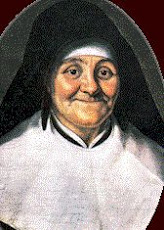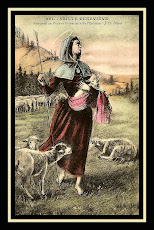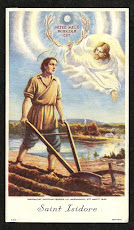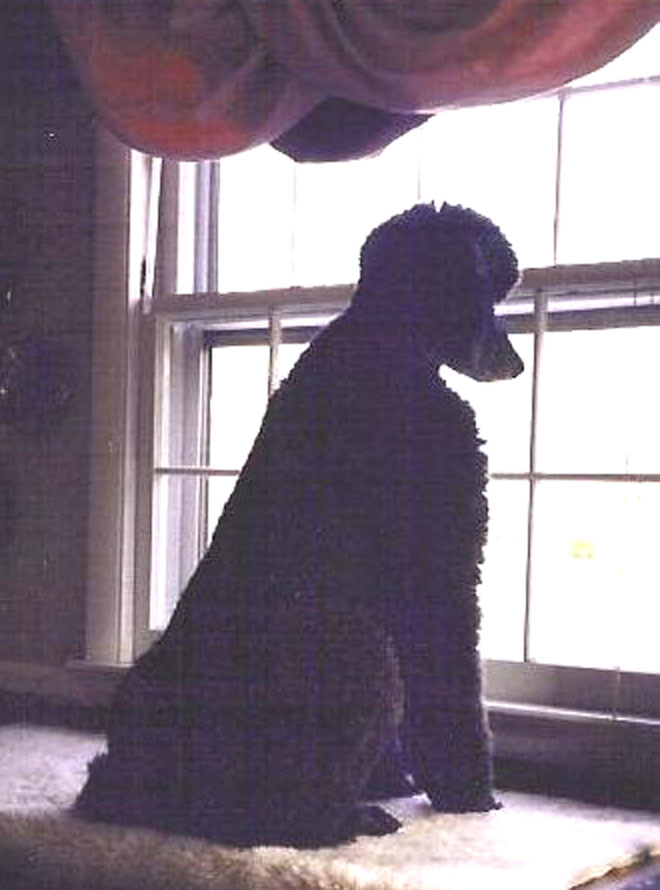 Martyr of Auschwitz
Martyr of AuschwitzScholar of the Church
Daughter of Abraham
Daughter of Our Lady of Mount Carmel
Canonized in Rome on October 11, 1998
"Lay all your cares about the future trustingly in God's hands, and let yourself be guided by the Lord just like a little child."
Edith Stein was born to a Jewish family at Breslau on October 12, 1891. Through her passionate study of philosophy she searched after truth and found it in reading the autobiography of St Teresa of Jesus. In 1922 she was baptised a Catholic and in 1933 she entered the Carmel of Cologne where she took the name Teresa Benedicta of the Cross. She was gassed and cremated at Auschwitz on August 9, 1942, during the Nazi persecution and died a martyr for the Christian faith after having offered her holocaust for the people of Israel. A woman of singular intelligence and learning, she left behind a body of writing notable for its doctrinal richness and profound spirituality. She was beatified by Pope John Paul II at Cologne on May 1, 1987, and canonized at Rome twelve years later.
(above taken from here)








5 comments:
Very interesting card, Micki.
I think that this is the first time I have ever seen Hebrew letters on an icon.
The saint's name appears in Greek and Hebrew. As is always true of of Hebrew words/names, they are written from right to left. I don't read Hebrew, but I was able to check the letters against a chart to verify the right-to-left writing.
Other things I noticed:
1. I see that the St. Teresa Blessed by the Cross is holding a Jewish prayer shawl.
2. I don't know the symbolic meaning of the fact that she has stepped out of (?) one of her sandals.
3. I think that I see a "burning bush" depicted, in which Moses "met" God.
John
Oops! I meant to say that the Hebrew letters spell, "Edith Stein," rather than "St. Teresa ...".
John
John - Once again you have added to the description of the card. I was hoping you would explain some of the symbols. Thank you.
In the book of Exodus Moses was required to remove his sandals to approach the burning bush because it was holy ground. Does the hole with the skull (which I assume means death or hell) reference the holocaust?
peccatoribus - You have brought up a very interesting thought. I think it is sometimes hard to know for sure what the artist is saying. Great ideas though. Thank you for your first comment. Do come back to add more.
Post a Comment